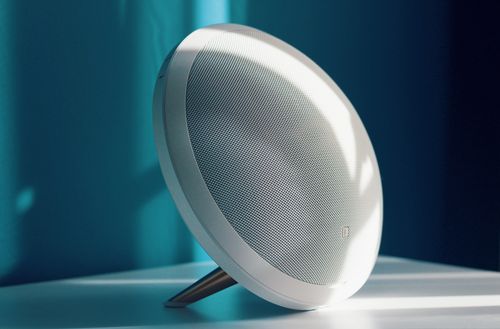Multi-Cloud: How VPN Solutions Safeguard Hybrid IT Environments
Securing Hybrid IT Structures: How modern VPN solutions prevent outages in complex multi-cloud configurations.

For the past two decades, the retail sector has had to wrestle with constant change.
Successive technologies have effectively turned the industry on its head. Today’s chains arguably set more store by their online shop windows than their physical ones.
Yet, the increasing popularity of smart, voice-activated Internet of Things (IoT) devices means merchants must make yet another communications channel available to customers.
Voice-assisted shopping is in its infancy. Studies show consumers have reservations over the technology’s security and privacy.
Building in end-to-end encryption for all remote connections at the design stage will be a crucial starting point.
Professional virtual private networking (VPN) software offers manufacturers a tried and tested way to protect the data privacy of customers who choose to order merchandise via their smart devices.
Changing Face of Retail
When the Internet took off in the mid-1990s, retailers rushed to embrace it as a low-cost way to increase customer choice and introduce new service offerings.
A new breed of online-only merchants quickly emerged to challenge the established bricks & mortar stores for Internet-based transactions.
Since then, successive advances from eCommerce to mCommerce to omnichannel have forced retailers to make their virtual presence every bit as strong as their physical one just to stay relevant.
Today, the pace of change shows no sign of relenting. The latest phenomenon facing merchants is voice-assisted shopping.
Talking Shop
As voice-activated IoT devices like Amazon’s Echo/ Alexa, Apple Homekit/Siri and Google Home grow in popularity, consumers are starting to use them to order goods using simple voice commands.
The Artificial Intelligence (AI) powering these voice systems is presently limited to accessing automated customer services via voice-bots or repeat orders of items bought previously.
However, the technology is fast becoming more sophisticated and will ultimately be capable of giving customers a highly personalized service. Walmart, for example, recently announced a new voice-ordering service available via Google’s many smart devices.
Industry observers anticipate that, within a few years, consumers will be able to use voice-powered digital assistants to shop with the vast majority of retailers. Manufacturers are already trialing everyday machines and appliances with built-in voice-powered technology.
LG, for example, has demonstrated a smart refrigerator that uses Alexa to order food items while some car makers have integrated voice-technology into their vehicles to allow voice-shopping while driving.
Buyers’ Market
Consumers are already turning to voice-assisted smart devices for some of their purchases. A study by Adobe Analytics showed that 22 percent of digital assistant owners use their devices for shopping. Separate research by PwC cites 10% of smart speaker owners using them to place voice orders on a daily basis.
Analysts forecast that voice-assisted shopping will grow by 500% over the next three years with more than 1.6 billion people regularly using the technology by 2021.
OC&C reports that voice commerce spending will reach $40 billion by 2022 and that more than half (55%) of households will have at least one smart speaker.
Call for Security
Manufacturers of voice-assisted IoT devices still have much to do to allay shoppers’ fears with respect to security and data privacy.
A 2018 Global Consumer Insights Survey by PwC found 13 % of study participants were concerned about the security of AI devices.
Data breaches like the one in Germany where Amazon sent 1,700 Alexa voice recordings to the wrong person by mistake do little to help build trust.
Without proper security measures digital assistants make attractive targets for cyber criminals looking to harvest personally identifiable information (PII) to sell on the dark web.
To reassure shoppers, the makers of AI powered voice-activated IoT equipment must first ensure devices are designed with in-depth security and data privacy protection built in.
Recommended layers of defense include certificate-based authentication plus a unique hardware identifier.
Smart speakers should also feature multiple security mechanisms as standard. Examples are authorization, virus protection and - for business environments - remote access management.
Finally, the best way to preserve the privacy of voice data exchanges is with end-to-end encyption, a technique synonymous with remote VPN services.
End-to-end encryption protects data at every stage of the communications process – at device-level, while in transit and when stored at its destination – by scrambling the content to render it unintelligible to outside observers.
In summary, smart speakers are becoming part of the furniture of the average connected home.
The retail industry is responding by preparing to add voice to its omnichannel customer experience.
For the moment, fears over security and privacy are causing customers to hold back.
End-to-end encryption provided by VPNs built-in by design can help guarantee the privacy of voice data by shielding all communications from casual surveillance.